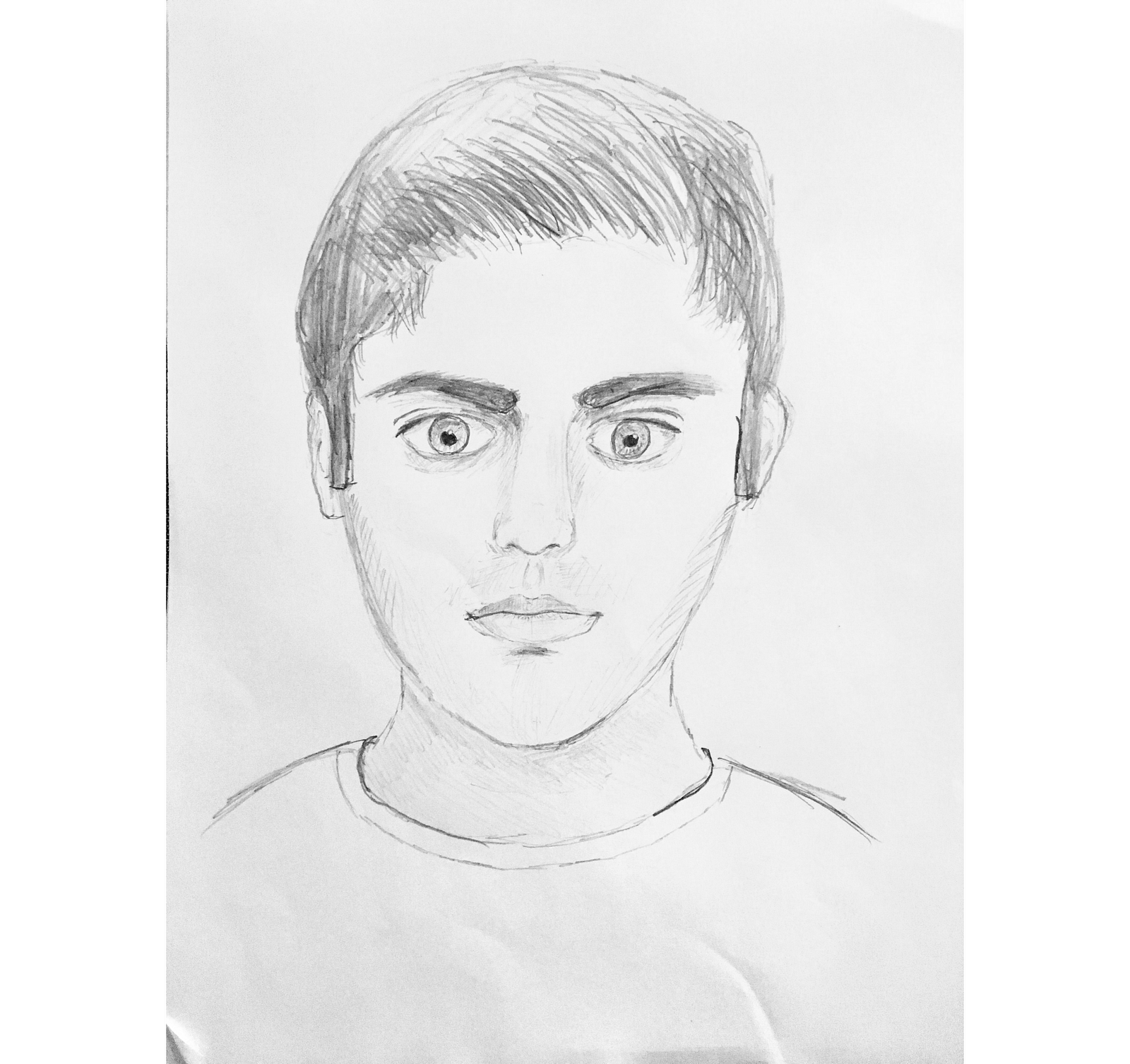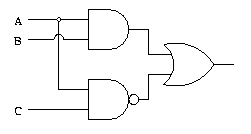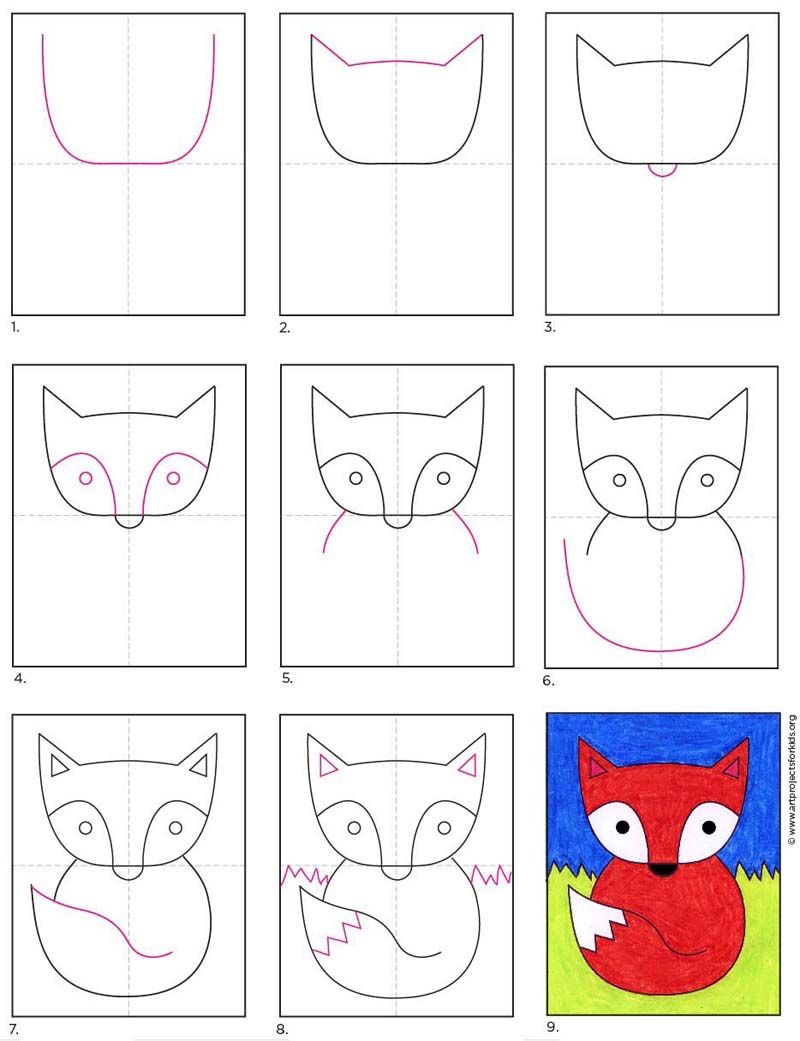Drawing pencil portraits portrait techniques self start skillshare step tutorial guide drawings tekenen draw face tips sketch practice proportions faces
Table of Contents
Table of Contents
If you’ve ever wanted to learn how to draw a portrait, you’re in the right place. Whether you’re an aspiring artist or just want to learn a new skill, this guide will teach you everything you need to know about drawing a portrait. From understanding the basic principles of portrait drawing to advanced techniques, we’ve got you covered.
Drawing a portrait can be a daunting task, especially if you’re a beginner. You may feel overwhelmed by the process and unsure of where to start. But don’t worry, with the right guidance and practice, anyone can learn how to draw a portrait.
The first step in drawing a portrait is to understand the basic principles of human anatomy. This includes understanding facial proportions, bone structure, and muscle groups. Once you have a solid understanding of these principles, you can begin to sketch out the basic shape of your portrait.
In this article, we’ll cover everything from the basics of portrait drawing to advanced techniques like shading, texture, and color. We’ll also provide a step-by-step guide to help you get started, as well as tips and tricks to make your portraits even more realistic.
My Personal Experience with Portrait Drawing
As an art student, I’ve spent countless hours studying and practicing portrait drawing. It’s a challenging skill to master, but one that’s incredibly rewarding. I remember the first time I drew a portrait that actually looked like the person I was drawing. It was a breakthrough moment and I was hooked.
For me, the key to successful portrait drawing is patience and practice. It takes time to develop the skills necessary to create a realistic portrait. But with consistent practice and an openness to learning, anyone can do it.
Understanding Facial Proportions
One of the most important aspects of portrait drawing is understanding facial proportions. The human face is made up of several different parts, each with its own unique set of proportions. By mastering these proportions, you can create a portrait that looks realistic and lifelike.
Start by sketching out a basic outline of the face. Pay attention to the distance between the eyes, the width of the nose, and the shape of the mouth. These are all important factors that will help you create a portrait that looks like the person you’re drawing.
The Importance of Shading
Shading is an essential aspect of portrait drawing. It’s what gives your portrait depth and dimension, and helps create the illusion of three-dimensionality. When shading, pay attention to the direction of the light source and use a variety of tones to create a realistic effect.
One useful technique is to start with a light layer of shading and gradually build up to darker tones. This will help you create a more realistic effect and give your portrait a sense of depth and texture.
Tips for Beginners
If you’re just starting out with portrait drawing, don’t be afraid to take it slow. Start with simple sketches and work your way up to more complex portraits. Take the time to study the human face and understand its proportions.
Practice is key, so set aside time each day to work on your portrait drawing. Experiment with different techniques and tools, and don’t be afraid to make mistakes. Remember, every artist starts somewhere.
Common Questions About Portrait Drawing
1. How do I shade a portrait?
Shading a portrait involves paying careful attention to the direction of the light source and using a variety of tones to create a realistic effect. Start with a light layer of shading and gradually build up to darker tones.
2. What pencils do I need for portrait drawing?
For portrait drawing, it’s best to use a range of pencils from 2H to 6B. This will give you the flexibility to create a variety of tones and textures.
3. How do I get better at portrait drawing?
The key to getting better at portrait drawing is practice. Set aside time each day to work on your skills and experiment with different techniques. Don’t be afraid to make mistakes and keep an open mind to new learning opportunities.
4. What is the best way to capture a likeness in a portrait?
To capture a likeness in a portrait, pay careful attention to the proportions of the face and the individual features. Use shading and texture to create depth and dimension, and strive to create a realistic representation of your subject.
Conclusion of How to Draw a Portrait
Drawing a portrait can be a challenging but incredibly rewarding experience. By understanding the basic principles of human anatomy and practicing the technique of shading and texture, anyone can learn how to draw a portrait. Remember to take it slow, be patient with yourself, and set aside time each day to work on your skills. With dedication and practice, the possibilities are endless.
Gallery
Pencil Drawing & Portrait Painting Techniques | Pencil Sketches Art

Photo Credit by: bing.com / pencil drawing draw portrait step faces portraits techniques sketches learn lessons painting
How To Draw Portraits With Step By Step Realistic Drawing Tutorials

Photo Credit by: bing.com / designyourway
How I Learned To Draw Realistic Portraits In Only 30 Days

Photo Credit by: bing.com / draw realistic portraits drawing portrait self drawings face medium only pencil easy before after learned days practice learn max
How I Learned To Draw Realistic Portraits In Only 30 Days

Photo Credit by: bing.com / portrait sketch draw portraits simple pencil realistic drawing measuring medium sketches step starting success
Portrait Drawing Step By Step Guide Drawing Is An Art That Is

Photo Credit by: bing.com / drawing pencil portraits portrait techniques self start skillshare step tutorial guide drawings tekenen draw face tips sketch practice proportions faces






